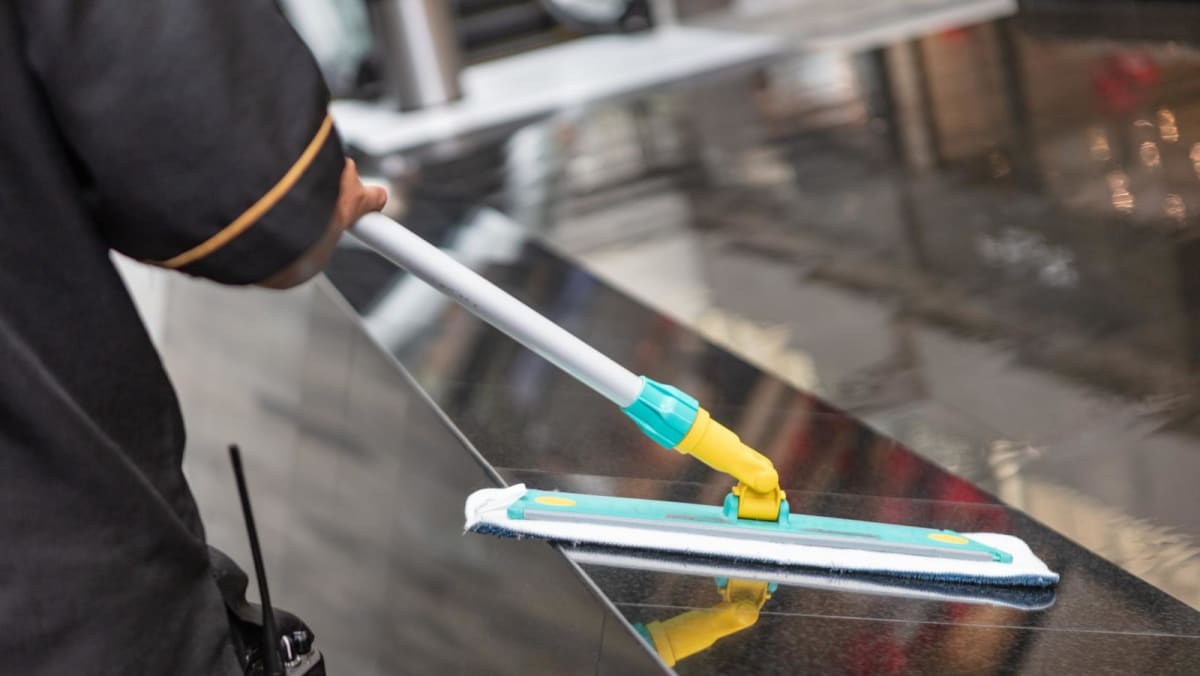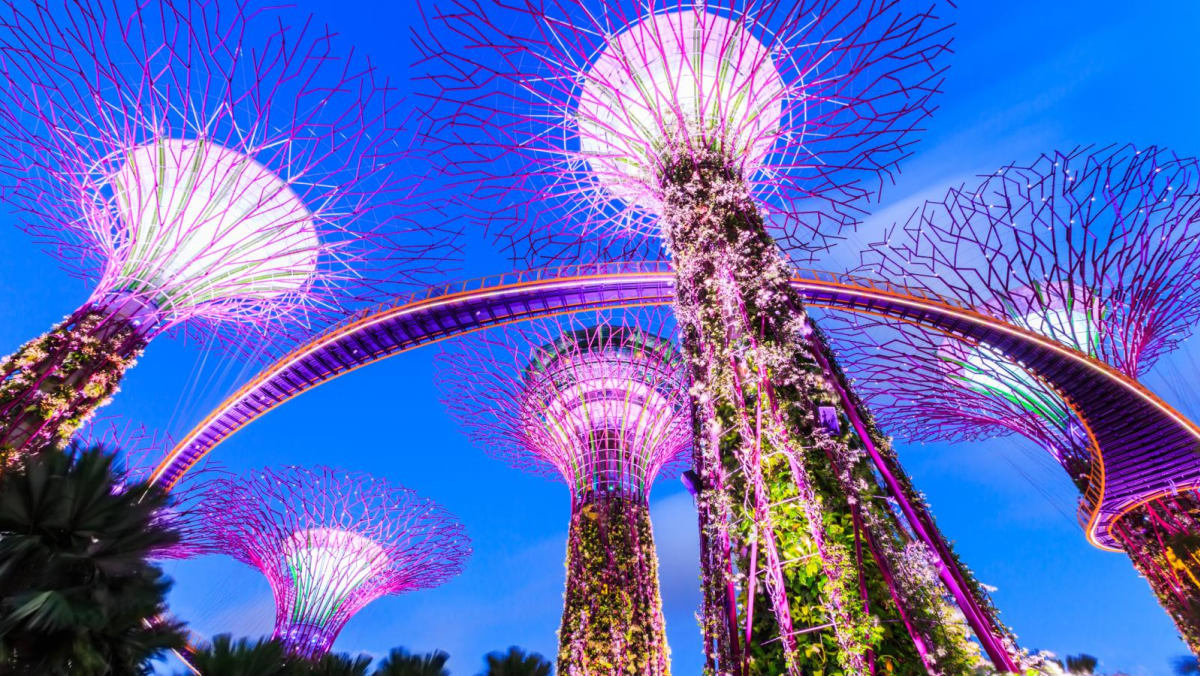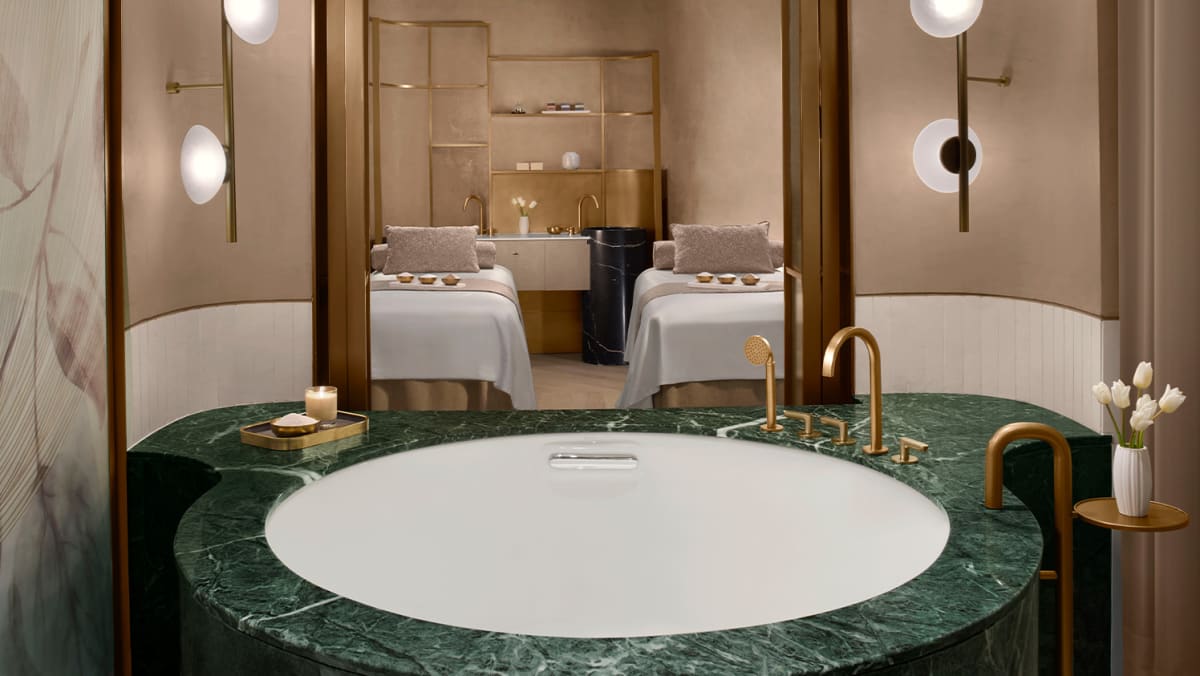Minor snafu averted, I can concentrate on more important things, like savouring the nosh on board the Guntu (pronounced: Gan-tsu) which is excellent and devised to take one on a culinary journey during the sailing. Focused on the best seasonal ingredients sourced from the Setouchi region, there is impossibly fresh catch from the Seto Inland Sea, where much of Japan’s seafood is sourced from as well as melt-in-your-mouth wagyu and locally produced somen noodles and Shodoshima island grown olives.
The ingredients can then be prepared in just about every way imaginable from being slow grilled on a binchotan to being simmered in a flavourful soup stock. There is also crisp tempura, moreish stews and of course, sushi or sashimi. That said, the latter is probably best enjoyed at the ship’s cosy six-seater sushi bar, which is helmed by a chef who has trained with sushi master Nobuo Sakamoto of the sushi restaurant Nobu at Awajishima.
Cuisine aside, the meticulously constructed ship emulates a ryokan through its interior design. For example, up to five different types of local wood were used to create the wood-panelled interiors reminiscent of classic Japanese architecture. (Fun fact: Due to potential fire hazards, the shipbuilders had to get special approval to use so much wood on a ship and incorporate additional safety measures during the construction.)
A personal favourite is the open air ofuro bath with hinoki cypress tubs that offer sweeping views of the inland sea. It is undoubtedly a magical way to enjoy the panorama of the open waters.














